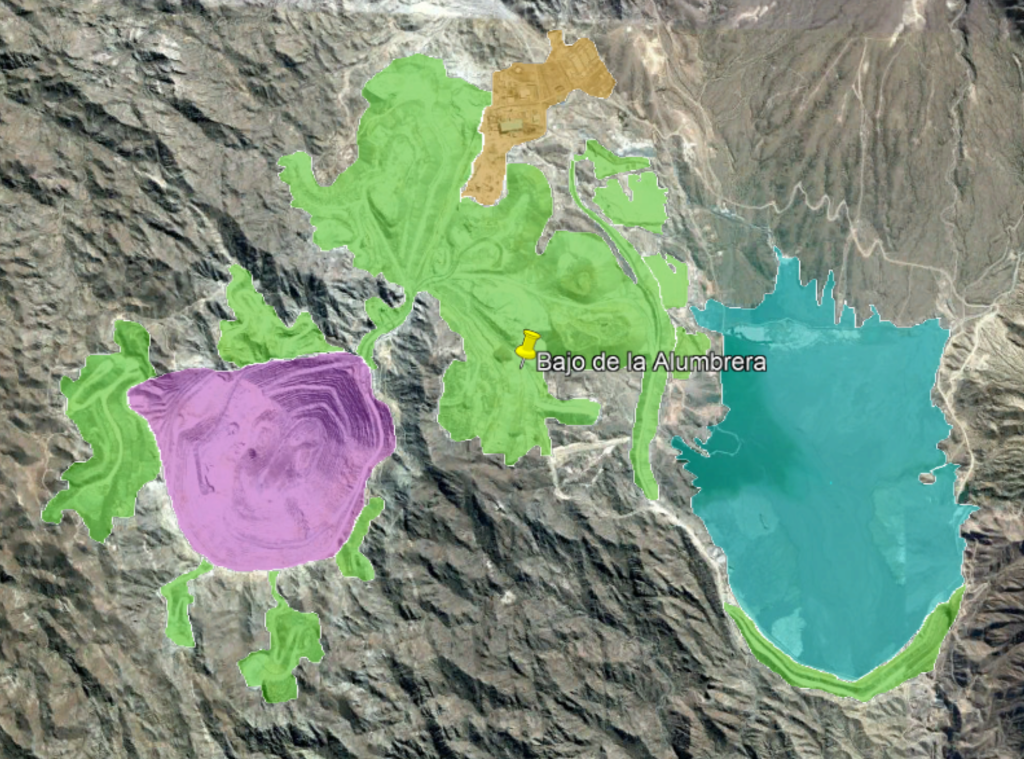Global-scale remote sensing of mine areas and analysis of factors explaining their extent
Mining areas have impact on many landscapes worldwide. To quantify these impacts, global and consistent datasets of mining areas are needed. The authors of this study used remote sensing images to produce detailed maps of 295 mines worldwide, covering the majority of the production of copper, gold, silver, platinum group elements, molybdenum, lead-zinc, nickel, uranium and diamonds. Different features of the mines were identified on the maps (pits, waste rock dumps, tailings storage facilities, infrastructure and water storage ponds). The results of the inventory can be used to better inform environmental impact assessments.

Mines are composed of features like open cut pits, water storage ponds, milling infrastructure, waste rock dumps, and tailings storage facilities that are often associated with impacts to surrounding areas. The size and location of mine features can be determined from satellite imagery, but to date a systematic analysis of these features across commodities and countries has not been conducted.
We created detailed maps of 295 mines producing copper, gold, silver, platinum group elements, molybdenum, lead-zinc, nickel, uranium or diamonds, representing the dominant share of global production of these commodities. The mapping entailed the delineation and classification of 3,736 open pits, waste rock dumps, water ponds, tailings storage facilities, heap leach pads, milling infrastructure and other features, totalling ~3,633 km2. Collectively, our maps highlight that mine areas can be highly heterogeneous in composition and diverse in form, reflecting variations in underlying geology, commodities produced, topography and mining methods. Our study therefore emphasises that distinguishing between specific mine features in satellite imagery may foster more refined assessments of mine-related impacts.
We also compiled detailed annual data on the operational characteristics of 129 mines to show via regression analysis that the sum area of a mine's features is mainly explained by its cumulative production volume (cross-validated R2 of 0.73). This suggests that the extent of future mine areas can be estimated with reasonable certainty based on expected total production volume. Our research may inform environmental impact assessments of new mining proposals, or provide land use data for life cycle analyses of mined products.
Authors
Specifications
- Publication title
- Global-scale remote sensing of mine areas and analysis of factors explaining their extent
- Publication date
- 5 November 2019
- Publication type
- Article
- Page count
- 10
- Publication language
- English
- Magazine
- Global Environmental Change
- Issue
- Volume 60, January 2020
- Product number
- 3976